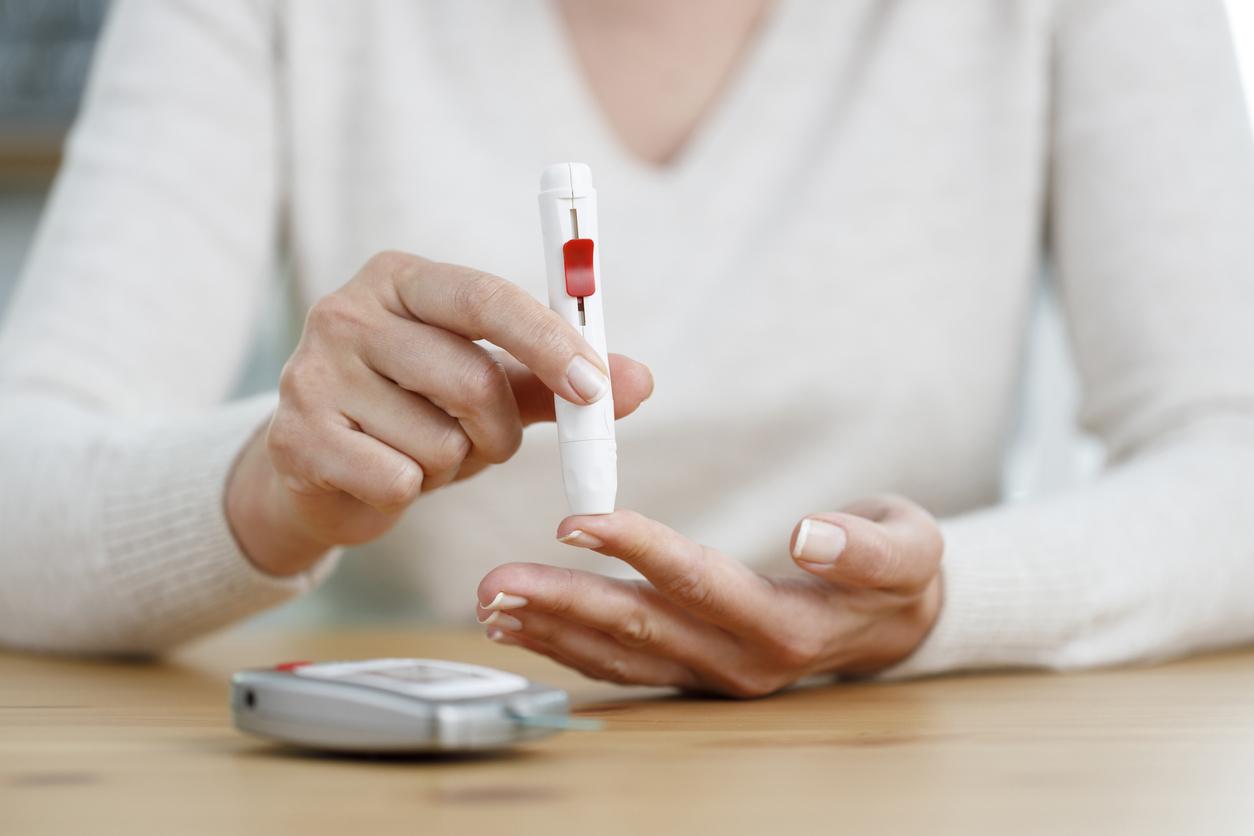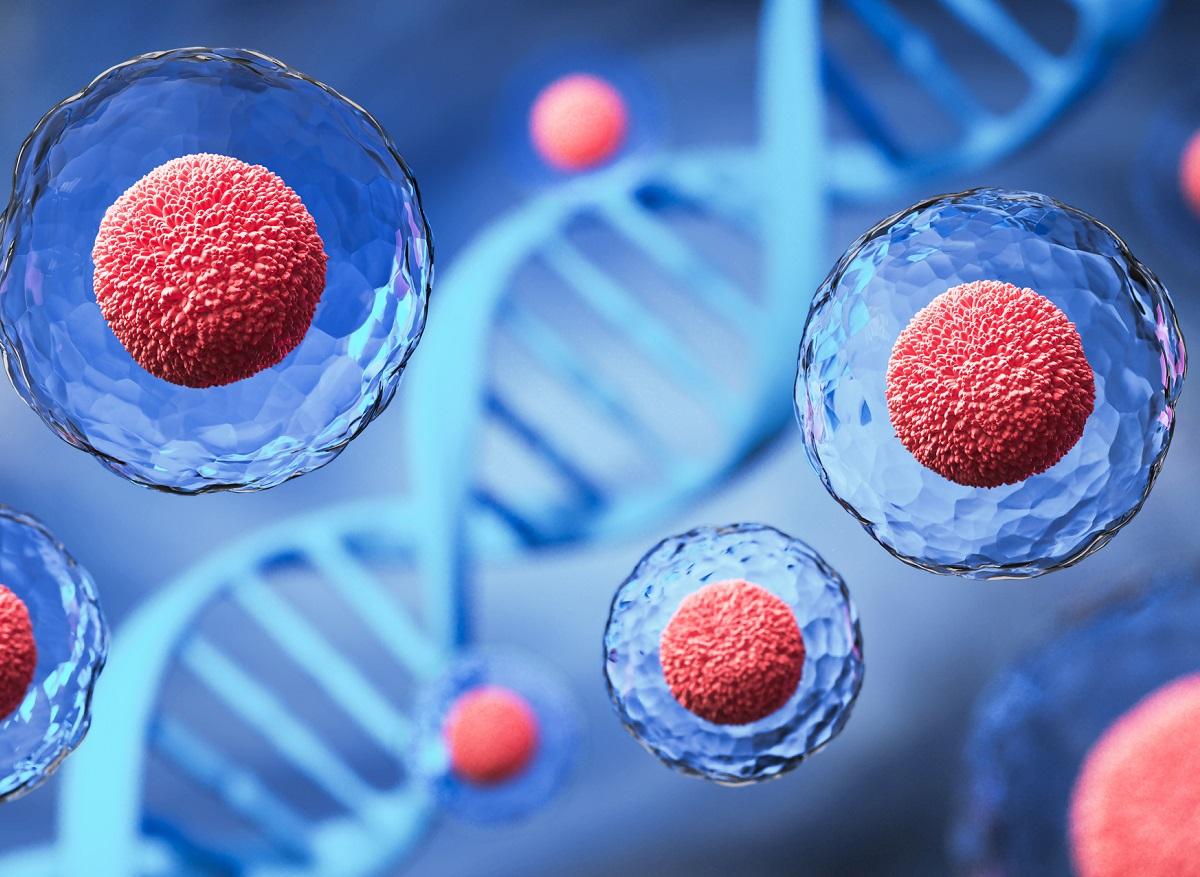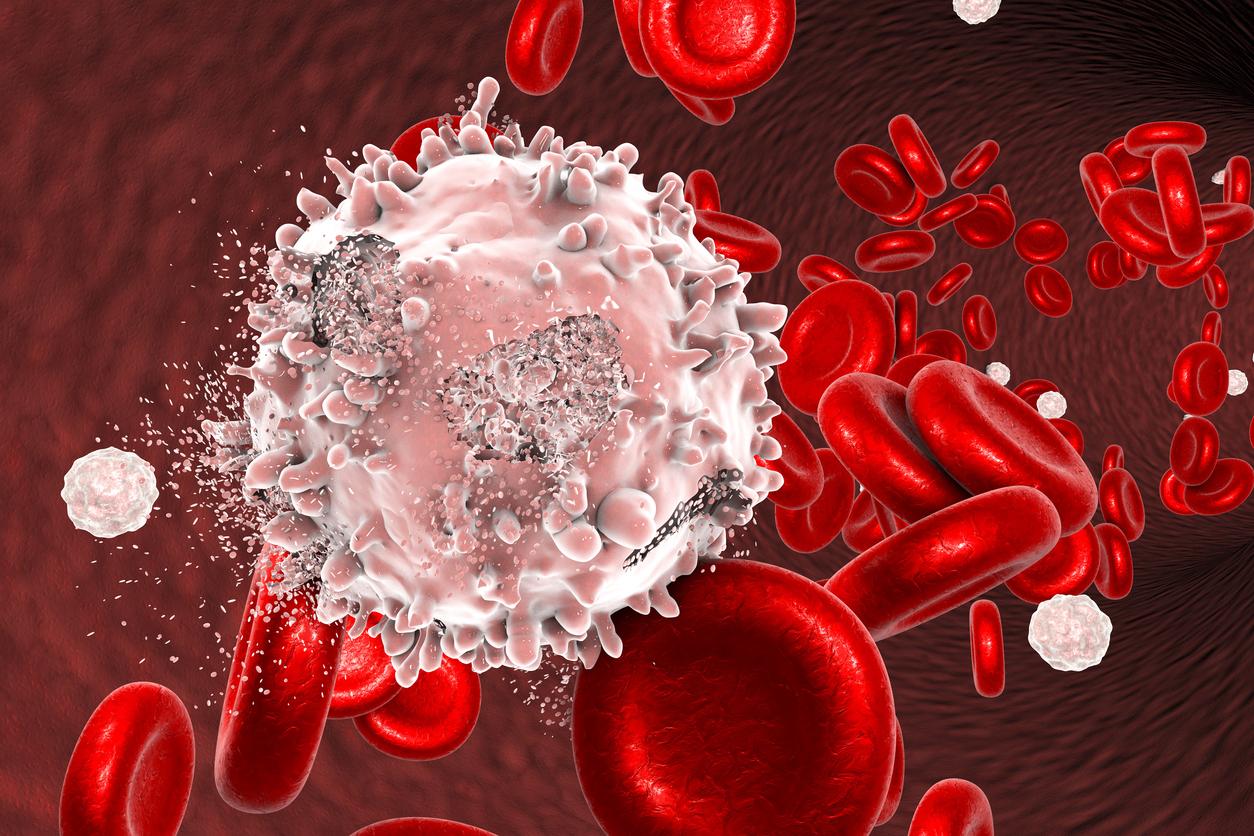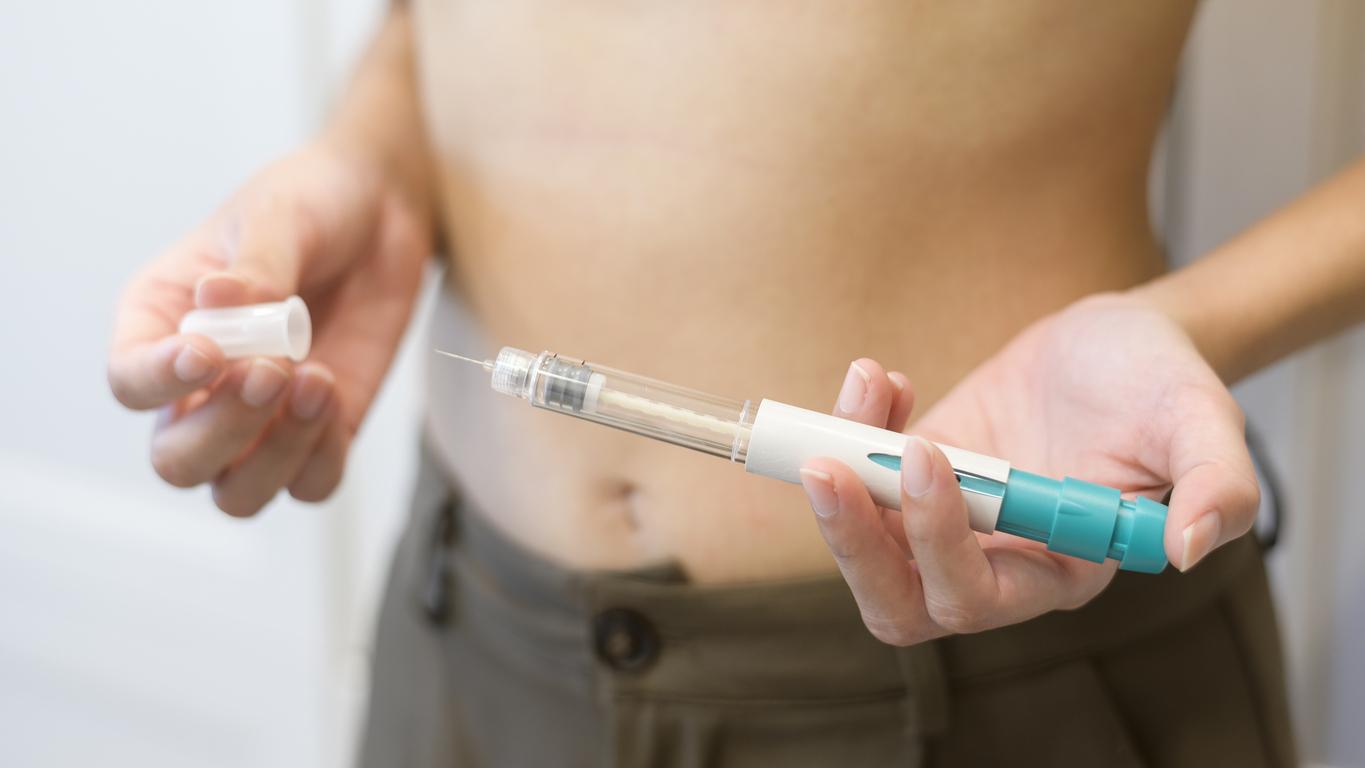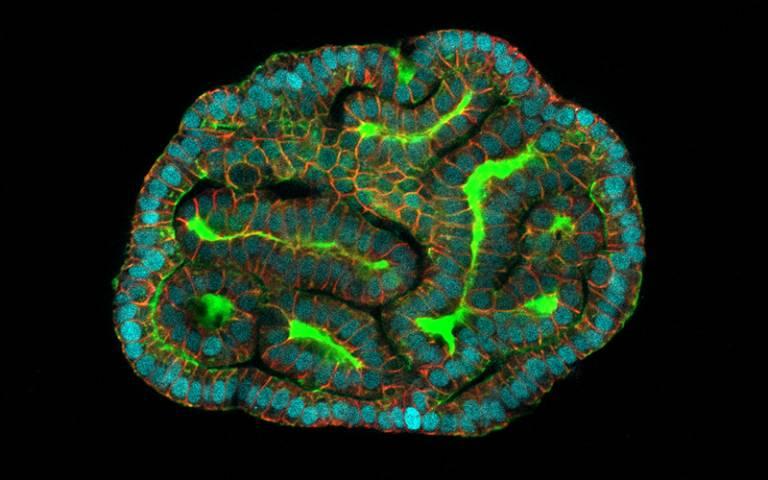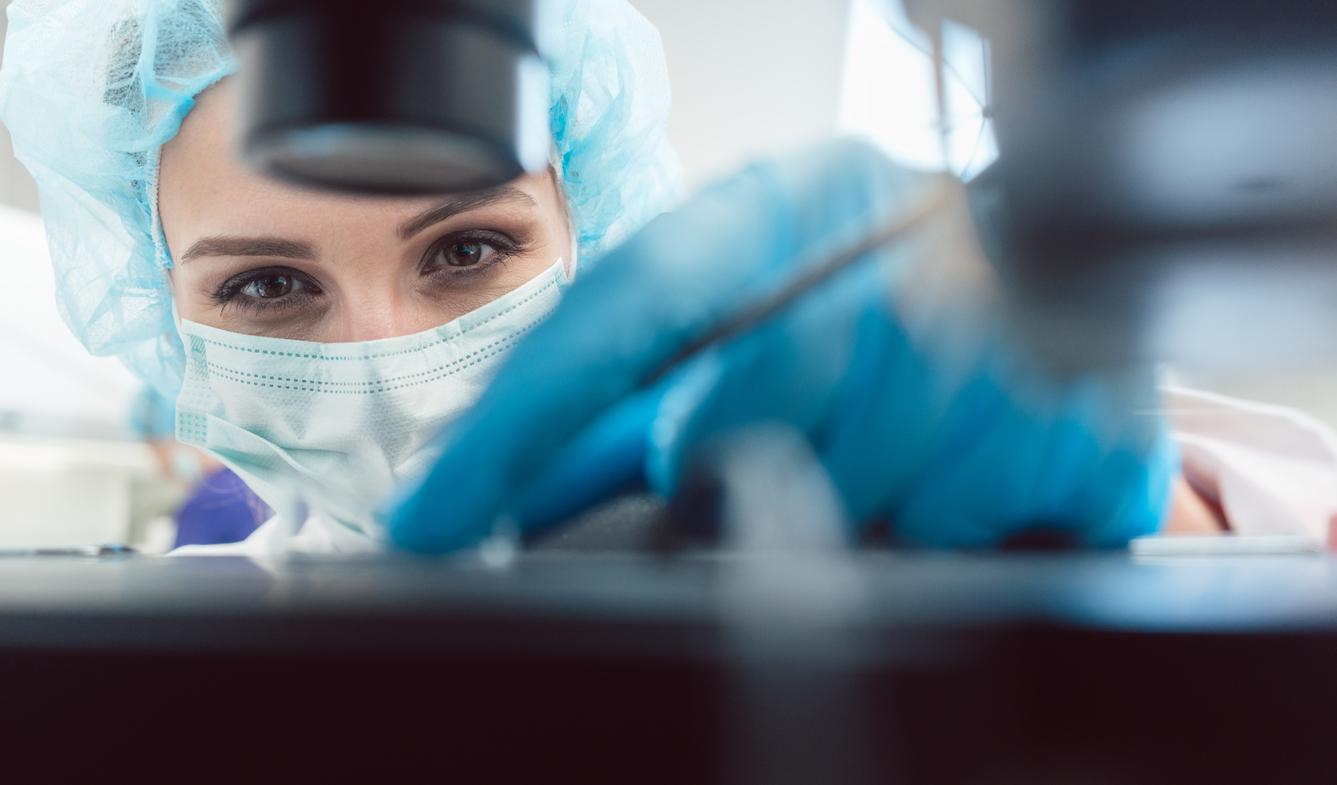The modification of the activation of eight genes made it possible to obtain from stem cells oocytes capable of fertilization.
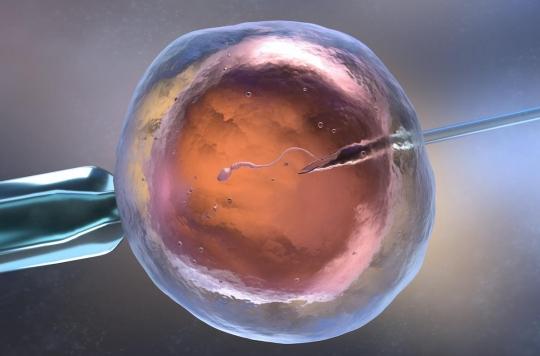
- Researchers have succeeded in obtaining mouse oocytes from stem cells by modifying the activation of only eight genes.
- The forced activation of the genes made it possible to convert the pluripotent stem cells of the mice into oocytes capable of being fertilized.
This may be the start of a fertility revolution. Japanese researchers from the Faculty of Medical Sciences at Kyushu University have succeeded in obtaining mouse oocytes from stem cells by modifying the activation of only eight genes. This technique, if confirmed in humans, could offer an alternative to donors in order to perform assisted reproduction. The results of this discovery were presented on December 16 in the journal Nature.
In vitro fertilization
The researchers were surprised to realize that the transformation of stem cells into oocytes could be done so easily. “I was initially totally in disbelief to see mouse stem cells so quickly and easily take the form of oocytes by introducing only a handful of factors”, wondered Nobuhiko Hamazaki, first author of the study. The oocyte is a female reproductive one, the female equivalent of the sperm. It is located in follicles, contained in the ovaries, which are blocked until puberty before maturing into a primary follicle in the middle of each cycle until ovulation.
Forced gene activation helped convert mouse pluripotent stem cells, cells that can transform into any type of cell in the body, into oocytes capable of being fertilized. Mature cells could be fertilized in vitro and “were able to be fertilized in vitro and showed early development, some even reaching the eight-cell stage, continues the researcher. “When cultured in the presence of other cells usually found around oocytes, oocyte-like cells develop structures similar to those of mature eggs, but with an abnormal chromosomal structure.” They do not undergo meiosis to separate all the chromosomes in two as they should and are not functional. Despite this, they were able to be fertilized.
Promising results
“It is remarkable that stem cells can be directly converted into oocyte-like cells without following the same sequence of steps that occurs naturally.rejoiced Professor Katsuhiko Hayashi. The cytoplasm of the oocyte is a unique material that is very valuable.” This liquid contained in the cell, around the nucleus, is used in assisted reproduction techniques. The cytoplasm of the oocyte contains maternal proteins and RNAs fundamental for the formation of life.
“Oocyte cytoplasm is an invaluable resource for reproductive biology and medicine, and this method could provide a new tool to produce large amounts of it without any invasive procedures.concludes Professor Katsuhiko Hayashi. The processes could still be much more complex for humans, but these first results in mice are very promising.”
.








